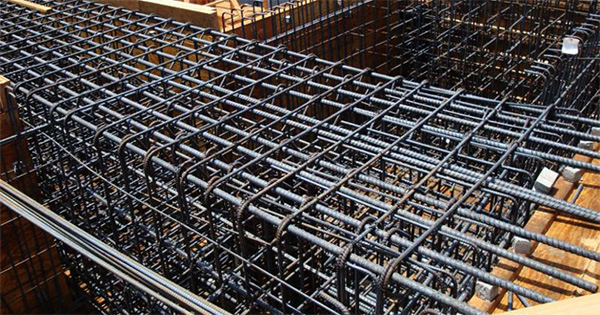Categories, applications and specifications of Rebar

The objective of Reinforcing steel bars is to resist tension forces in concrete efficiently. It is known fact that characteristically concrete has good strength against compression forces, despite the fact that tension forces can fracture concrete. Earlier deformed rebars on reinforcing steel were utilized but plain rebars are also employed when the reinforcing steel is anticipated to slide as normally installed in highway pavement and in segmental bridges.
With the deformed pattern on a rebar, the concrete will abide by the reinforcing steel surface. The pattern on a deformed bar is not stipulated, though, the spacing, and the height of the ‘bumps’ is adjusted.
Reinforcing Steel Bar Specifications
Various steel materials are utilized to hot-roll reinforcing bars. Maximum rebars are rolled from new steel billets, whereas others are rolled from steel debris or railroad rails. There are some types of identification in rebars to recognize the mill that generate the reinforcing steel bar.
The ASTM (American Society for Testing and Materials) has developed a standard identification verdict that should be abided by the rebars:
- The Number that determines the bar size
- Type of steel symbol for instance, signifies the bar was rolled from a new billet, "W" for weldable steel (ASTM A-706), A for Axle (M 322 / ASTM 966) and so on.
- The rebar grade identification, either 60 or 75, or metric 420 or 520. This grade points out the rebar yield strength.
- A symbol recognizes the manufacturer that rolled the bar. It is normally a single letter or a plain symbol.
Lower strength reinforcing steel bars contain only three marks to recognize the mill that develops the bar, the rebar size and the type of steel employed. High strength reinforcing steel applies a continuous line system to demonstrate steel grade.
If there are two lines in rebar it specifies that the rebar was rolled into the 75,000 psi bars. It a single line exists, it demonstrates a 60,000 psi bar.
To get more information, go through the following link.
www.thebalance.com

Image Courtesy : www.mumbairebar.com
